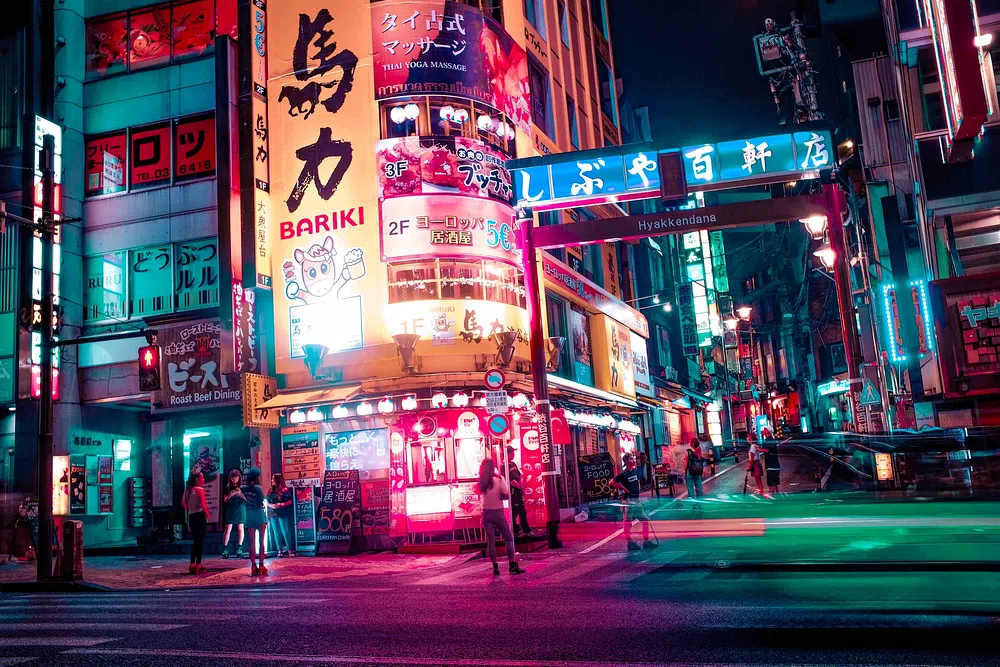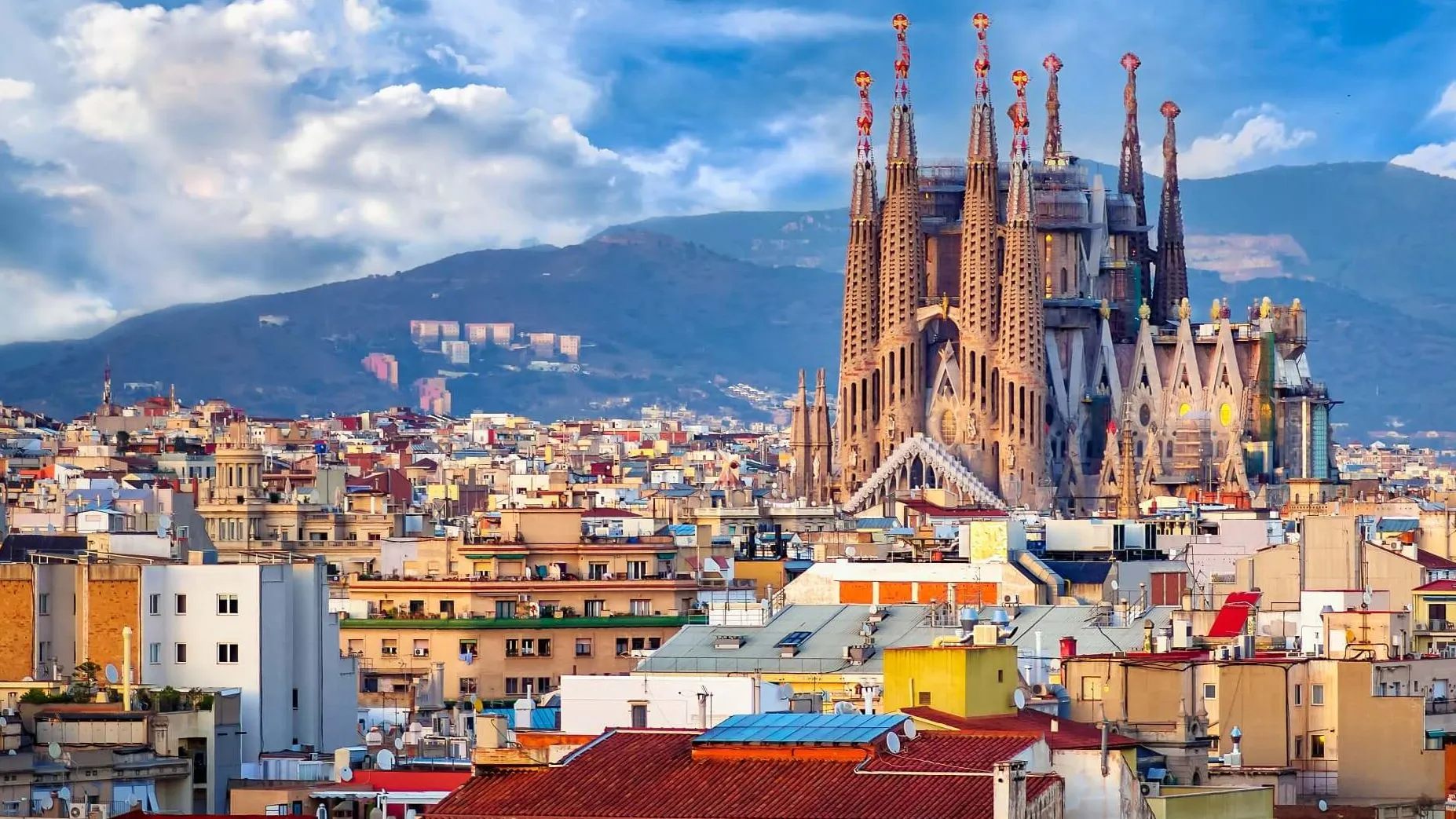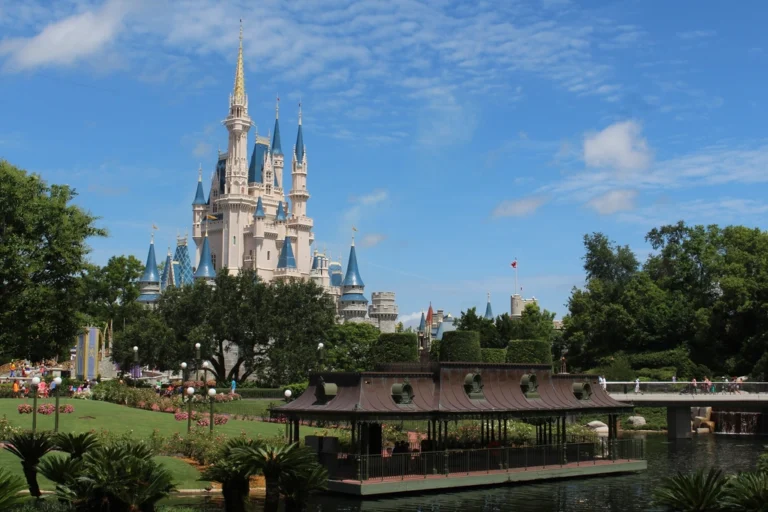My Top 5 Favorite Cities in the World

There’s something magical about cities. They’re living, breathing entities with distinct personalities, rhythms, and souls. After years of exploration across continents, I’ve developed deep connections with certain urban landscapes that continue to call me back. These five cities have captured my heart through their unique blend of culture, cuisine, architecture, and that indefinable quality that makes a place truly special.
1. Kyoto, Japan
In a world that moves increasingly faster, Kyoto stands as a testament to the beauty of deliberate pace and mindful tradition. Unlike Tokyo’s frenetic energy, Kyoto embodies the perfect balance between ancient tradition and modern comfort.
Walking through the bamboo groves of Arashiyama at dawn, when mist still clings to the towering stalks and the only sound is the gentle rustle of leaves, you understand why the Japanese concept of “komorebi” (sunlight filtering through trees) is so revered. Time seems to slow here, allowing for genuine appreciation of subtle beauty.
The city boasts over 1,600 Buddhist temples and 400 Shinto shrines, each telling its own story through meticulous gardens and contemplative spaces. Kinkaku-ji, the Golden Pavilion, reflects perfectly in its surrounding pond, while Fushimi Inari-Taisha’s thousands of vermillion gates create tunnels that seem to transport you to another realm entirely.
But Kyoto isn’t merely a museum of the past. The food scene alone would qualify it for this list—from traditional kaiseki multi-course meals that celebrate seasonality to humble street food in the Nishiki Market. The city embraces contemporary arts and design while maintaining its cultural integrity, creating a rare harmony between preservation and progress.
What makes Kyoto truly special, though, is its relationship with transience. The cherry blossom season epitomizes this—entire neighborhoods transformed into clouds of pink for just a week or two each year. The Japanese concept of “mono no aware”—the pathos of things, the awareness of impermanence—finds its perfect expression here, reminding visitors that beauty is all the more precious for being fleeting.

2. Istanbul, Turkey
Few cities in the world physically straddle two continents, and none do it with the dramatic flair of Istanbul. The Bosphorus Strait doesn’t just divide Europe from Asia; it creates a waterway that has shaped the destiny of civilizations for millennia.
Istanbul’s skyline tells its story—Byzantine churches converted to Ottoman mosques, their minarets reaching skyward like exclamation points on the city’s complex religious history. The Hagia Sophia stands as perhaps the ultimate architectural palimpsest, its walls bearing witness to centuries of cultural transformation.
What captivates me about Istanbul is its sensory intensity. The call to prayer echoing across neighborhoods five times daily creates a sonic backdrop unlike anywhere else. The Grand Bazaar assaults the senses with its kaleidoscope of colors, persistent vendors, and the aroma of spices that have been traded here since the 15th century.
Turkish cuisine deserves special mention—from the simple perfection of a simit (sesame-crusted bread ring) eaten on a ferry crossing the Bosphorus to elaborate mezes shared with friends in rooftop restaurants overlooking the Golden Horn. Food here isn’t just sustenance; it’s a cultural institution that brings people together.
The city embodies contradictions that somehow coexist harmoniously: it’s ancient yet vibrantly youthful, deeply religious yet cosmopolitan, traditional yet continuously reinventing itself. Walking through neighborhoods like Karaköy, you’ll find centuries-old hamams next to cutting-edge art galleries and third-wave coffee shops.
Istanbul doesn’t just occupy a geographical crossroads; it exists at the intersection of history and future, East and West, tradition and innovation—making it endlessly fascinating to explore.

3. Barcelona, Spain
Some cities feel designed for human happiness, and Barcelona tops that list. Antoni Gaudí’s whimsical architecture might be the city’s most famous feature, but Barcelona’s true genius lies in its livability—the perfect balance of urban energy and Mediterranean ease.
The city’s layout invites exploration. The grid pattern of the Eixample district, with its chamfered corners creating miniature plazas at each intersection, opens up breathing space. This thoughtful design extends to the city’s commitment to superblocks (superilles)—neighborhoods where through traffic is restricted, creating pedestrian-friendly zones where community life flourishes.
Barcelona’s relationship with food borders on the religious. La Boqueria market pulses with life as locals debate the merits of competing jamón vendors. Time stretches luxuriously during long lunches that blend into early evening, especially in the narrow streets of the El Born district where conversation flows as freely as the vermut.
The city’s proximity to the sea gives it a unique character—a metropolitan center where you can start your morning with a business meeting and end it with your toes in the Mediterranean. This connection to nature extends to the hills embracing the city, where parks like Montjuïc offer escape and perspective.
What I love most about Barcelona is its celebration of everyday pleasures: the ritual of an evening passeig (stroll) along Passeig de Gràcia, the impromptu gatherings in plaza del Sol, the casual excellence of a simple tomato-rubbed pan con tomate. The city embodies the Catalan concept of “seny i rauxa”—sensible pragmatism balanced with passionate impulse—creating an environment where both productivity and joy can thrive.

4. Cape Town, South Africa
Few urban settings can compete with Cape Town’s dramatic natural backdrop. Table Mountain doesn’t just dominate the skyline; it seems to actively participate in city life, its mood changing with the weather as clouds roll over its flat top like a tablecloth.
What makes Cape Town exceptional is this dialogue between urban development and wild nature. Within minutes, you can move from sophisticated restaurants and galleries in Woodstock to hiking trails where you might encounter baboons or zebras on the Cape Peninsula.
The city carries complex history in its streets. A walk through the Bo-Kaap neighborhood with its brightly colored houses tells stories of the Cape Malay community, while Robben Island stands as a testament to the struggle against apartheid and the resilience of the human spirit.
Cape Town’s food scene reflects its position at the confluence of cultures and at the end of a continent rich in biodiversity. The restaurants of the Constantia wine region showcase the bounty of African ingredients through both traditional and innovative preparations, while seafood shacks along Kalk Bay harbor serve fish pulled from the water hours before.
What continues to draw me back is the city’s sense of possibility and reinvention. Post-apartheid Cape Town faces significant challenges, but there’s a tangible energy in places like Woodstock and Observatory where creative entrepreneurs are reimagining urban spaces and creating new economic models.
The light in Cape Town deserves special mention—clear, sharp Southern Hemisphere sunshine that seems to reveal every detail in heightened clarity. Whether it’s illuminating the vertical rock face of Table Mountain or filtering through the ancient milkwood trees in Kirstenbosch Botanical Gardens, this quality of light makes every view seem like a perfectly composed photograph.

5. Mexico City, Mexico
Mexico City defies expectations at every turn. Its sheer scale—one of the world’s largest metropolitan areas—suggests chaos, yet it contains pockets of surprising tranquility and order. What appears at first as urban sprawl reveals itself as a collection of distinct colonias (neighborhoods), each with its own character.
The city’s layered history is physically present everywhere you look. At the Templo Mayor, you can see the ruins of the Aztec temple where the founding myth of Mexico—an eagle perched on a cactus with a snake in its beak—supposedly took place. Above those ruins rises the Metropolitan Cathedral, built with stones from the destroyed temple, while modern skyscrapers loom in the background.
What keeps me coming back to Mexico City is its cultural vitality. Few places invest so heavily in public art and museums—from the world-class anthropology museum to Frida Kahlo’s Casa Azul to street art that transforms entire neighborhoods. Culture here isn’t reserved for tourists or elites; it’s woven into everyday life.
The food alone would justify Mexico City’s place on this list. From simple street corner tacos al pastor to the refined pre-Hispanic inspirations at Pujol, the city’s cuisine offers an education in flavor complexity. Markets like Mercado de la Merced provide sensory immersion in Mexico’s agricultural bounty and culinary traditions.
Despite its size and challenges, Mexico City maintains a surprising intimacy. In neighborhoods like Condesa and Roma, life unfolds at a human scale, with tree-lined streets, local businesses, and public parks fostering community connections. The Sunday tradition of closing Paseo de la Reforma to cars transforms the main boulevard into a giant public space filled with cyclists, skaters, and families.
What makes Mexico City truly special is its resilience and creativity in the face of challenges. After the devastating 1985 earthquake, citizens formed human chains to rescue survivors when government response failed. This spirit of collective action and innovation continues to shape the city, making it not just a place to visit but a living laboratory for urban solutions.

These five cities have shaped my understanding of what makes urban spaces truly exceptional. Beyond their obvious beauty and cultural attractions, each offers lessons in how cities can balance preservation with innovation, individuality with community, and human needs with environmental stewardship.
The best cities aren’t just collections of buildings and streets—they’re ongoing conversations between people and place, between past and future. They challenge us, comfort us, surprise us, and ultimately transform us. As travelers, we’re privileged to join these conversations, even briefly, and carry their wisdom with us wherever we go next.



